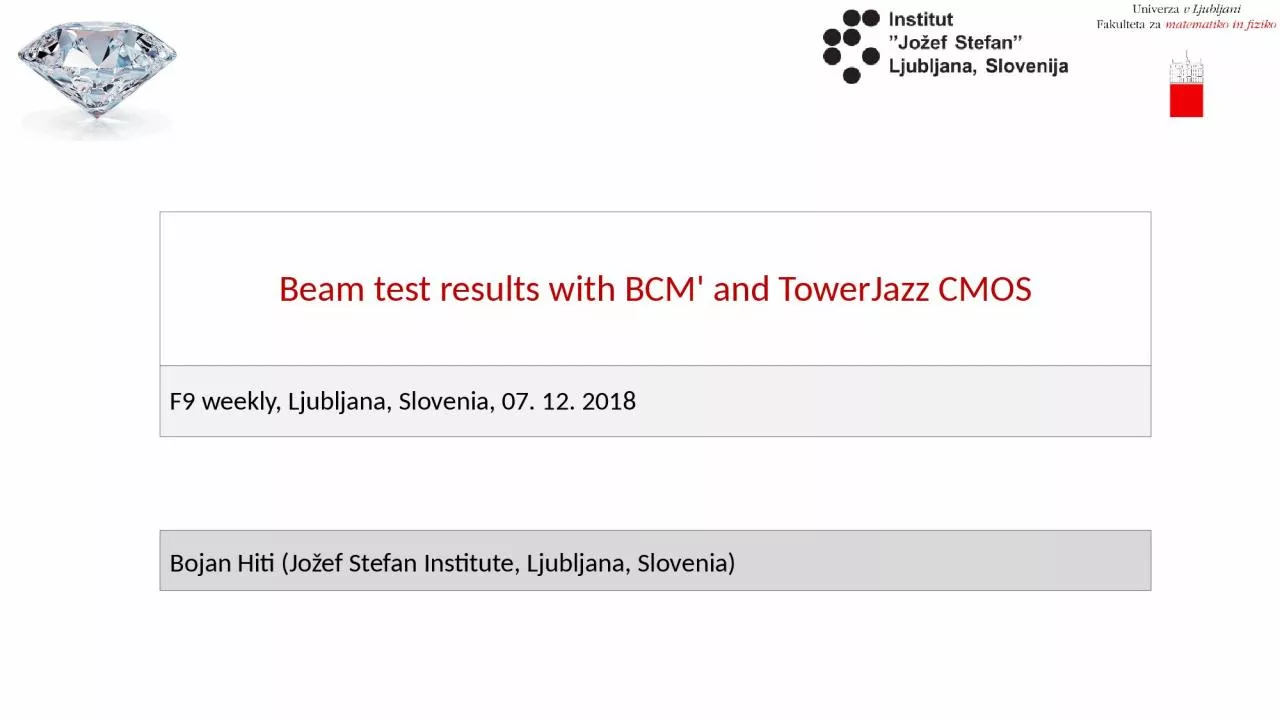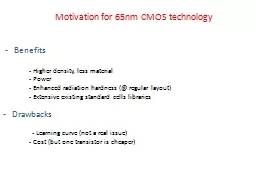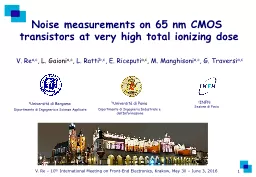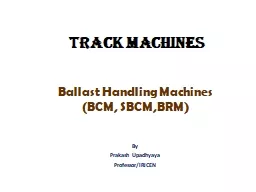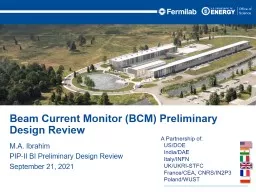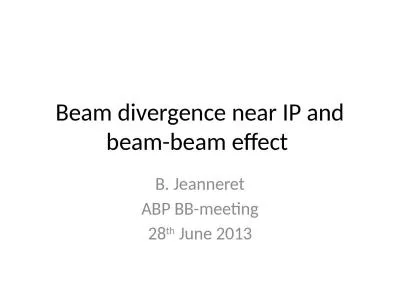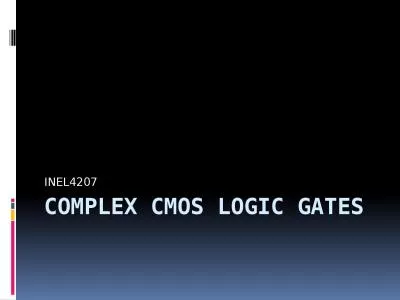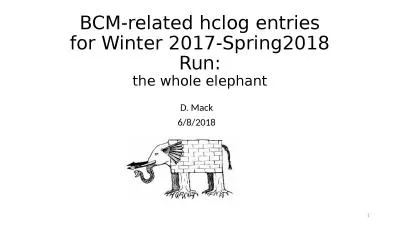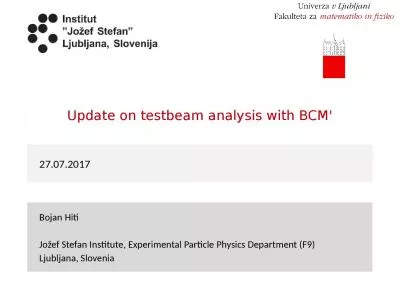PPT-Beam test results with BCM' and TowerJazz CMOS
Author : tracy | Published Date : 2024-01-13
F9 weekly Ljubljana Slovenia 07 12 2018 Bojan Hiti Jožef Stefan Institute Ljubljana Slovenia October 2018 Test beam campaign Test beam at CERN SPS H6 10 24
Presentation Embed Code
Download Presentation
Download Presentation The PPT/PDF document "Beam test results with BCM' and TowerJaz..." is the property of its rightful owner. Permission is granted to download and print the materials on this website for personal, non-commercial use only, and to display it on your personal computer provided you do not modify the materials and that you retain all copyright notices contained in the materials. By downloading content from our website, you accept the terms of this agreement.
Beam test results with BCM' and TowerJazz CMOS: Transcript
Download Rules Of Document
"Beam test results with BCM' and TowerJazz CMOS"The content belongs to its owner. You may download and print it for personal use, without modification, and keep all copyright notices. By downloading, you agree to these terms.
Related Documents

